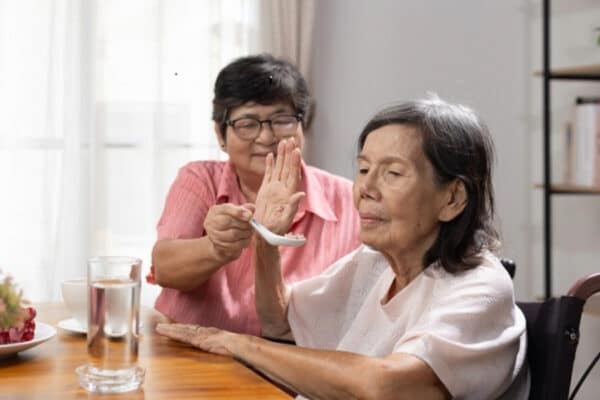As I write this I am gazing out of my home office window, in rural Hampshire.
Looking at ten houses that are identical to mine, with families that mirror mine as it is now or has been in the past. Or do they?
There is so much diversity in those ten families, with everyone offering something to our group. Known as The Close.
There is a nurse, a baker, someone who is a wellbeing expert, a fireman who ensures everyone’s safety. He is the first person out in the close in the morning, after snow, clearing paths for those who cannot. There is a group of young people who bring noise and laughter to us all.
What has this got to do with the care sector?
A lot is the answer.
Those same communities surround many of your care sector organisations and with the right approach, are there to support you.
In many cases, effective two-way relationships have been built, which have numerous positive outcomes for service users.
One of the most notable partnerships is the inviting of schools into residential care homes, and while you cannot do this now, you will be able to again at some point.
The partnerships have proven to be a rewarding social activity for both residents and the children.
Everyone has gained an insight into different age groups, culture, and beliefs. The children benefiting from history lessons and storytelling. The service users have felt like Grandparents again, enjoyed painting, colouring, singing and even digital technology.
Older children who have been involved have gained a deeper understanding of what it is to work in the care sector, offering options for future recruitment.
It has proven to be a truly two-way process of mutual enjoyment and reward.
At the beginning of the Pandemic some care sector organisations not only struggled to get a decent supply of PPE, but also basic food items.
Forming a community partnership with local trades people could prevent this happening again and offers good quality produce to the service users. Local examples are:
- Butchers
- Vegetable growers, including the local allotment society
- Bakers and small café owners
- The milkman
Of course, their prices could be higher, but with a regular contract and often free delivery the increased cost can be minimal.
An example from my own location is the local public house and café. They have become the hub of the community, providing hot takeaway meals delivered to our doors. Community wellbeing has been kept up by their service. They continue to provide free packed lunches to replace school meals for anyone in the area who needs them, without question or judgement. By being loyal to the public house and using their services, the staff from a local care home were helped and supported in return. When the care home lost its electricity due to a storm, the local public house provided twenty-four, hot cooked meals, free of charge, and delivered them all.
This could continue once a month and would be a great social activity for the service users. A way for the care home to give back to the public house. A long term relationship that could benefit all.
During lockdown, a lot of local groups have provided services to care organisations:
- Online entertainers
- Virtual tours of local attractions
- Libraries and staff doing talks
- Spiritual and religious groups doing online services
Knowing your community well, together with getting yourself and the organisation known, can give valuable and rewarding experiences to your team and those you care for.
Improving the company image and reputation. Encouraging people to consider your organisation when seeking a job or a placement. Giving your business the edge.
There is no better time to build community relationships, understanding, presence and reputation.






